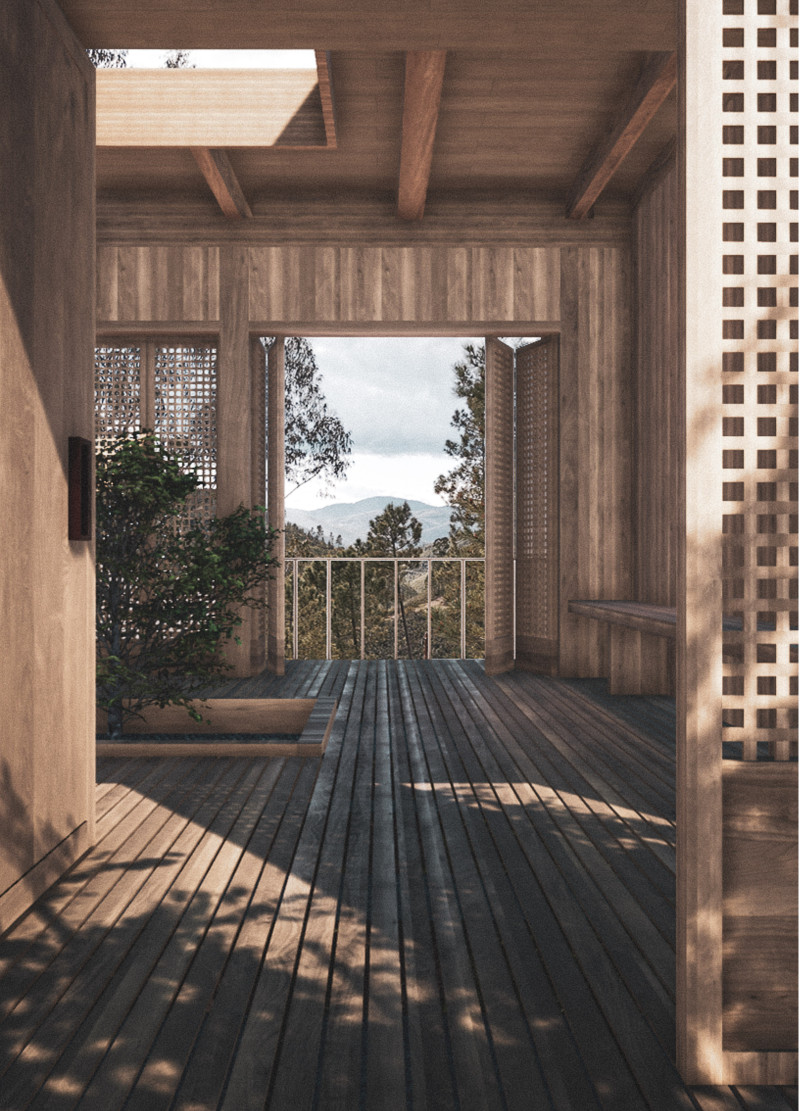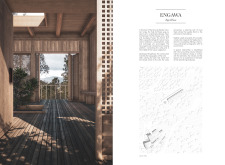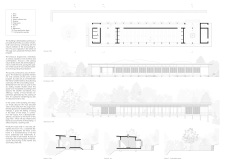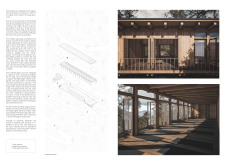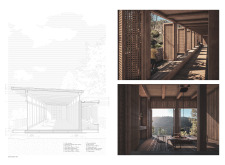5 key facts about this project
The project presents a contemporary architectural design that responds to its specific context in [Geographical Location]. The structure serves as a [specify function, e.g., community center, residential building, commercial space], addressing the needs of its users while integrating seamlessly into the surrounding environment. The design emphasizes a balance between functionality, aesthetics, and sustainability, creating an efficient space that engages with its surroundings and promotes a sense of community.
The layout of the project is methodically organized to facilitate movement and interaction. Open spaces are strategically introduced to foster social engagement, while more intimate areas provide privacy and comfort. Clear zoning of public and private spaces enhances usability, ensuring that all areas serve their intended purposes effectively. The selection of materials is notable, incorporating elements such as concrete for structure, wood for warmth, glass for natural light, steel for durability, and brick for visual texture. This careful material selection underpins the project’s architectural integrity and aesthetic appeal.
Design Innovation
What sets this project apart from similar architectural endeavors is its unique integration of sustainable practices and local cultural elements. The design employs innovative energy-efficient systems including solar panels, rainwater harvesting mechanisms, and green roofs, contributing to reduced environmental impact. Additionally, the incorporation of local materials not only supports regional industries but also fosters a sense of place, enriching the project’s identity. The form of the building reflects the local topography and climate, with overhangs and shading devices designed to optimize energy efficiency and comfort.
Spatial Dynamics
The internal organization further highlights the project's commitment to fostering a harmonious relationship between spaces. Flexible layouts allow for various functions, accommodating different user needs throughout the day. The design incorporates large windows and glass walls that blur the boundaries between indoor and outdoor environments, enhancing the user experience and promoting natural ventilation. Moreover, communal areas are designed to encourage collaboration and interaction, creating a vibrant community hub. Attractive landscaping complements the architectural design, providing green recreational spaces that invite users to engage with the environment.
This architectural project exemplifies thoughtful design strategies that prioritize user experience, sustainability, and contextual relevance. To gain a deeper understanding of the architectural plans, architectural sections, and other architectural ideas underpinning this design, readers are encouraged to explore the project's presentation further for richer insights.


